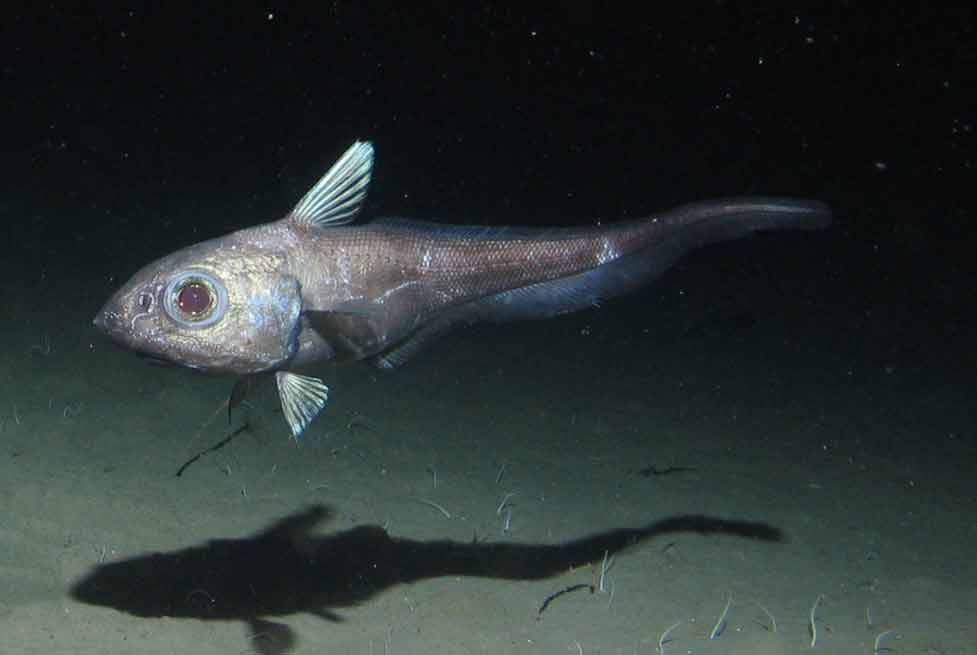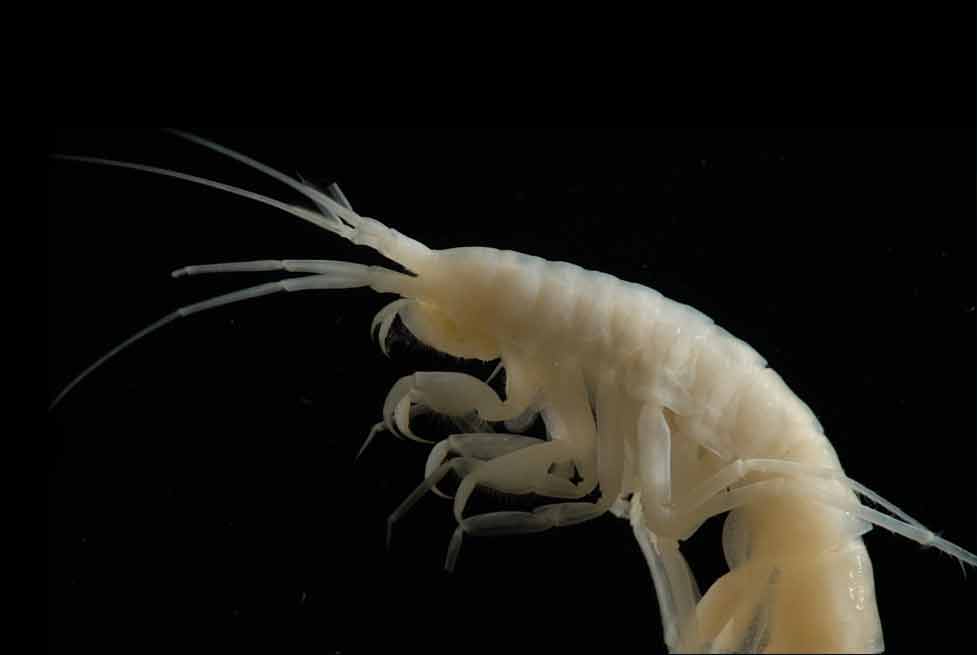SCIENCE & RESEARCH
SCIENTIFIC ENDEVOUR
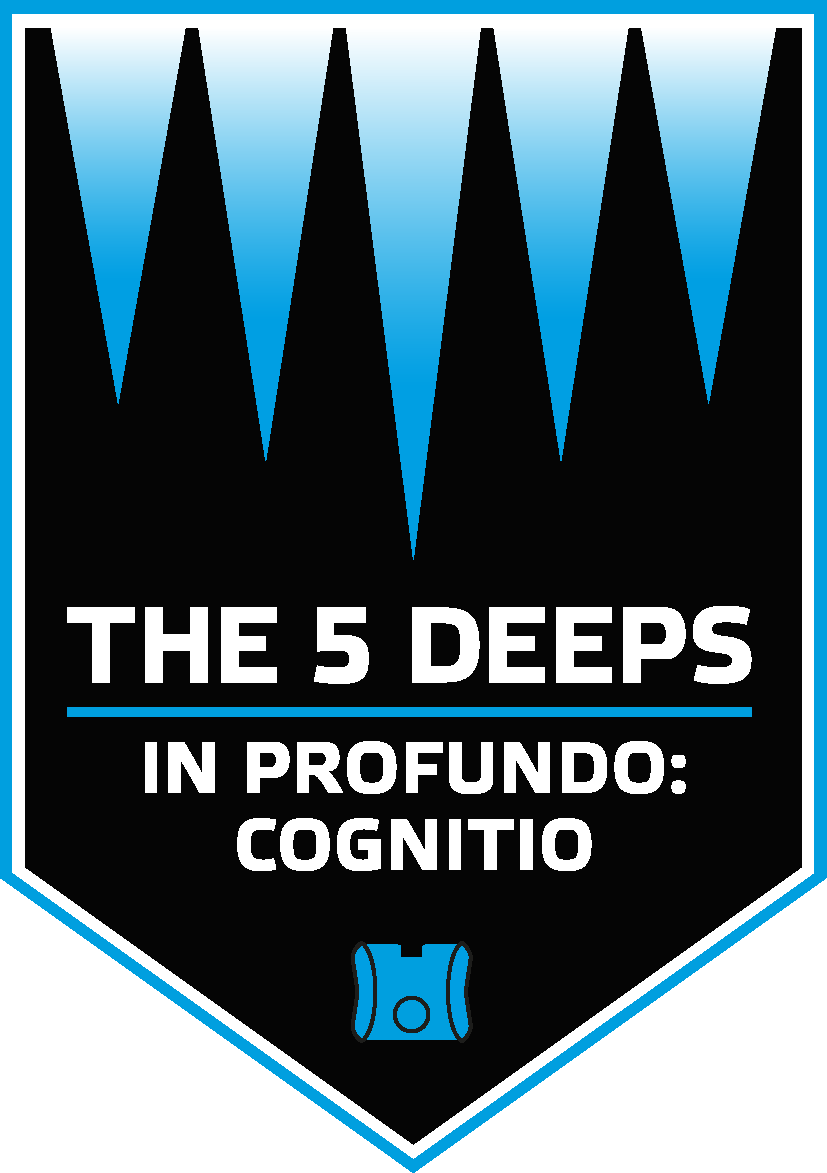

Introduction
multidisciplinary science plan
The Five Deeps was as much about science as it was extreme exploration. One could not hope to understand the ocean without understanding as much of it as possible. Until one understands the ocean, one cannot hope to protect and nurture it.
The Five Deeps Expedition’s scientific program was led by renowned chief scientist Dr. Alan Jamieson, Newcastle University, and will, in time, bring forth findings from never-before-explored depths to the global academic, oceanographic and environmental communities. The expedition provided Jamieson the unprecedented opportunity to sample life across a gradient of depths, temperatures, salinity, food supply, latitude and in places around the world that were formed, split, or united millions of years ago by the shifting of the Earth’s tectonic plates.
Expedition Goals
- Find deep-sea features and habitats using high-resolution multibeam sonar
- Learn what lives in those habitats using direct visitation by landers (Flere, Skaff and Closp) and submersible (Limiting Factor)
- Discover how organisms survive in Hadal zones using the Pressure Drop’s onboard wet lab
- Determine organisms’ role in each given ecosystem
- Connect the Five Deeps through genetic differentiation of species found on the dives
- Determine which “rules” the organisms follow including features, behaviors or characteristics of a species that are shared globally
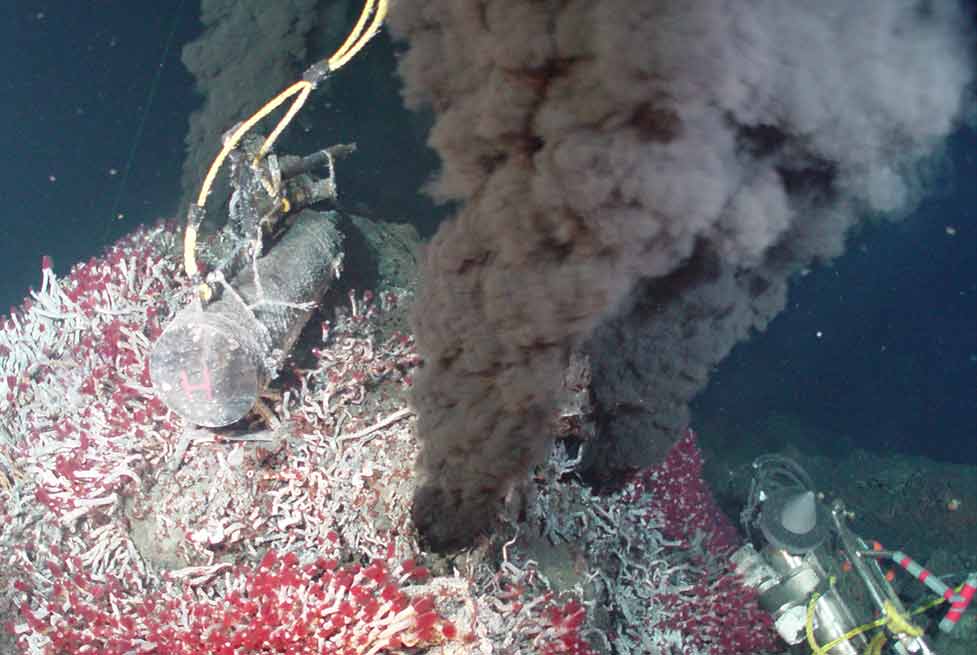
The Habitats
of The Five Deeps
Using the highest-resolution 3D sonar and seafloor imagery to map and visualise the Five Deeps and locate and identify internal features such as seamounts, escarpments, fault scarps, canyons and depressions that shape the seafloor community.
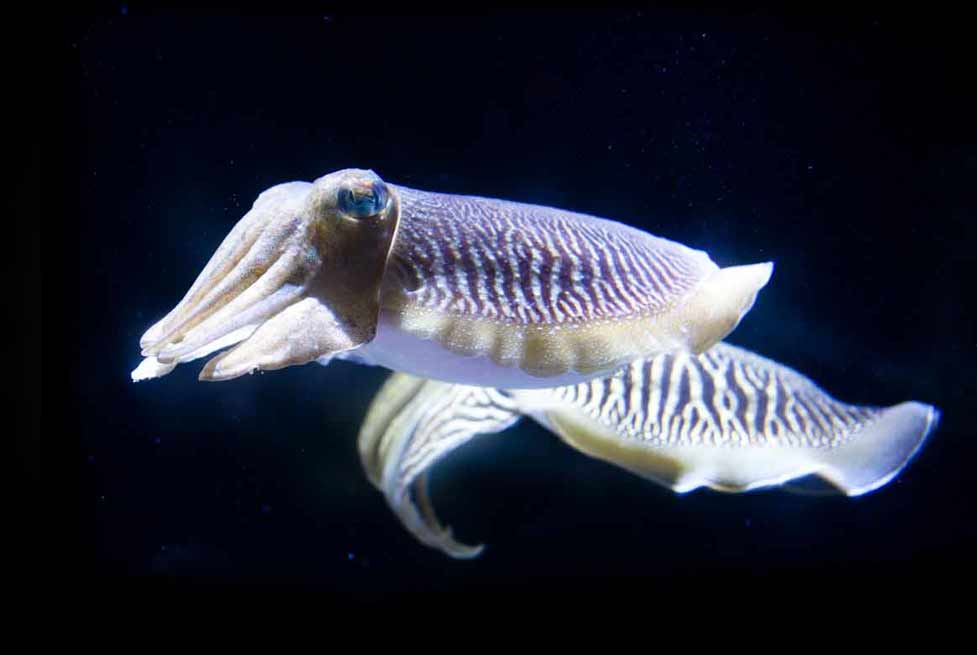
The Inhabitants
of The Five Deeps
Combining data from the Landers and the Sub to review the diverse samples ranging from sediment and water microbiology, through a range of organisms that live in, on or above the seafloor.
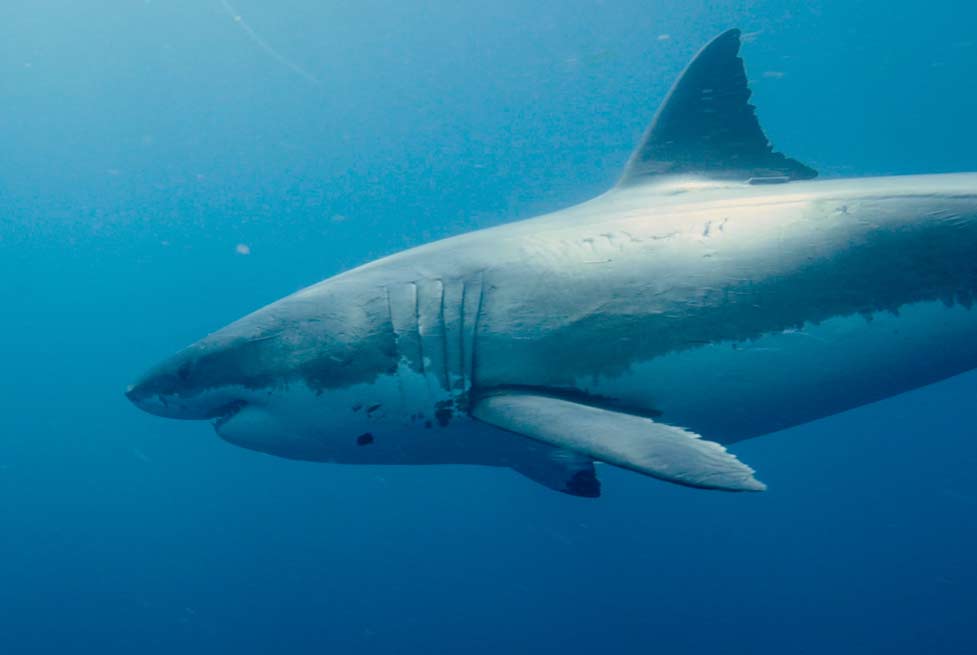
Survival
in The Five Deeps
Using Pressure Drop’s Laboratory facilities to understand how these organisms have adapted to survive the effects of extremely high pressure, low temperature, sparse food supply and perpetual darkness.
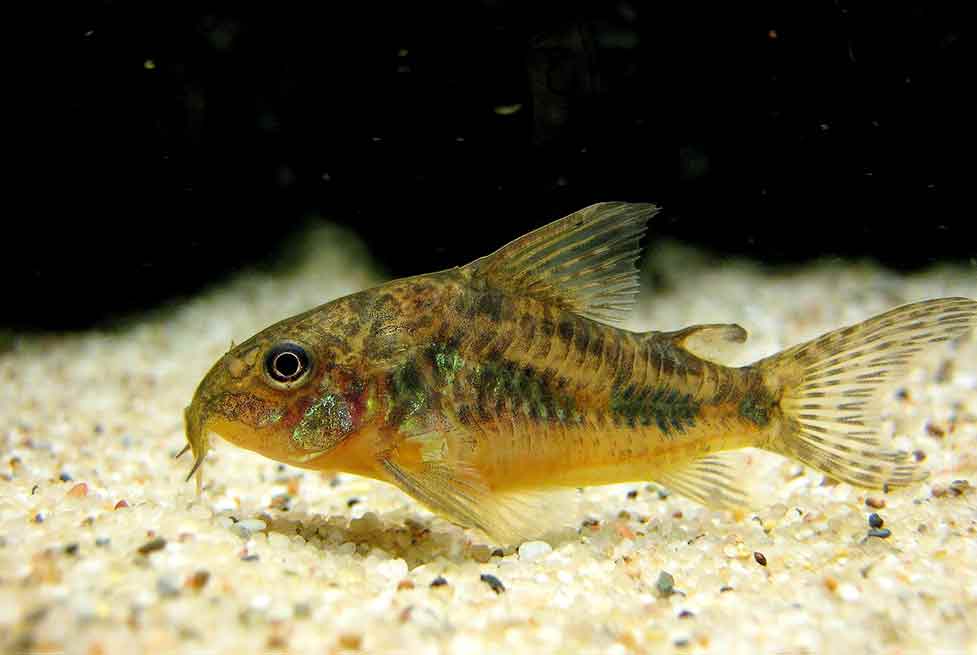
House-keeping
in The Five Deeps
Using the Sub, Landers and Laboratory facilities combined to examine the ecological function of these communities that will help us understand the roles each of the inhabitants play in maintaining a habitable environment.
House-keeping image with thanks to Ude.
